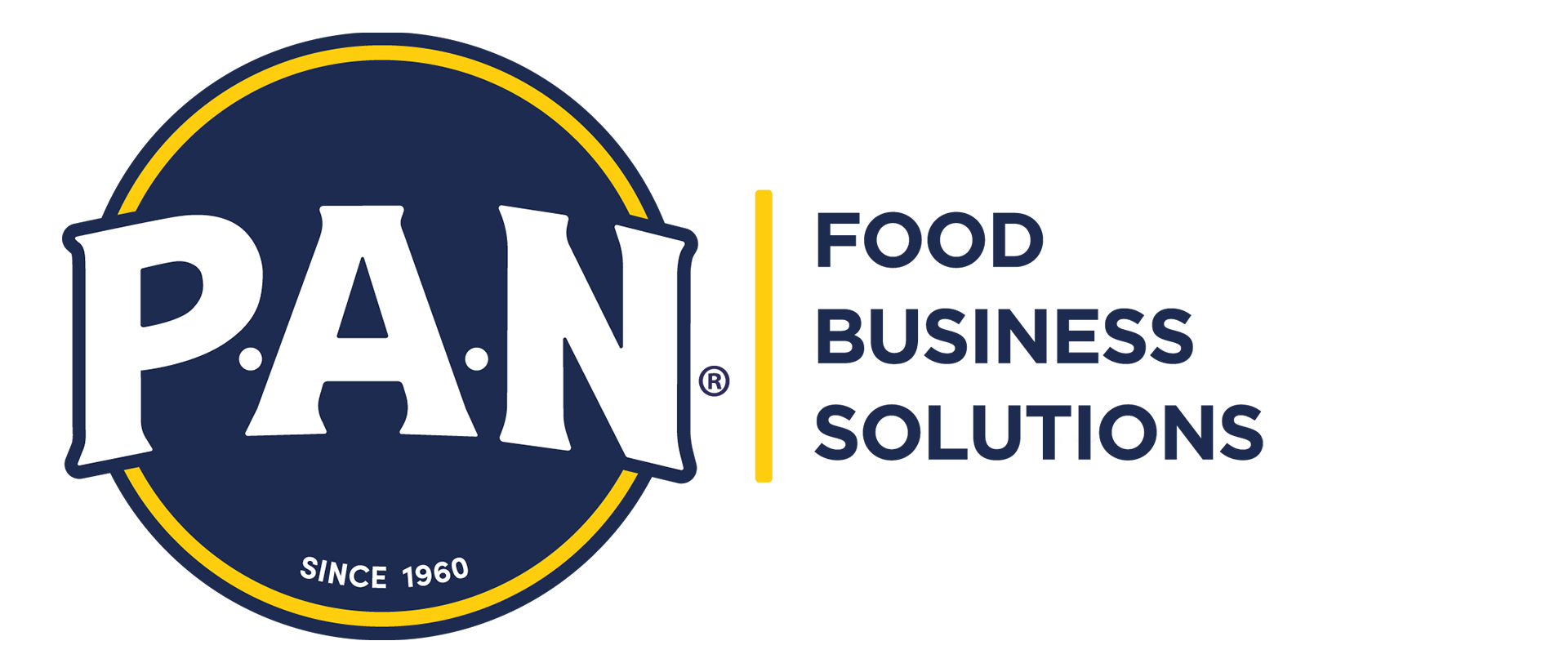There are many variables to consider when opening your restaurant. However, once you have successfully opened it, it is important to determine its profitability, so that you can make the decision to keep it operating over time.
Profitability is the existing correspondence between the number of resources that you must invest in the activities that will allow you to put the restaurant into operation and the income obtained in the working days. In this sense, there are three possible scenarios:

- When revenues are lower than costs, we call it a loss. In this sense, you must evaluate and decide whether or not to continue with the operation of the business.
- If the difference between revenues and costs is zero, then there is no profit or loss. In this context, it is appropriate to discuss with your team the implementation of measures that lead to a positive balance (profit).
- In the event that revenues exceed costs, you have a positive balance. At this point, the business is making a profit. Analyze how significant it is and consider whether it is necessary to implement actions to improve the results.
Next, we present a series of recommendations that can help you determine if the goals achieved in the operation of your restaurant will allow you to have a profitable and sustainable business over time.
- Establish in a precise way the different food services that you are going to offer to your customers, and determine the characteristics that make your restaurant unique within the restaurant sector.

- Identify your potential customers based on the services you want to offer (or already offer). For example, their socioeconomic level, gender, location, public or private sector, age and number of people with that profile.
- Determine the costs associated with the activities that will allow you to know exactly how much you need to invest to open your restaurant. For example, electricity, administrative and operational staff expenses, among others. You must also analyze and establish the price you set for your services.
- Assign yourself a salary, as if you were just another employee. With this you avoid mixing your finances with those of the business, to maintain the highest degree of objectivity possible, and to make decisions in a neutral and impartial way.

- Constantly monitor your environment, in order to identify consumer and competitors’ trends and fashions, which will allow you to take advantage of opportunities and minimize threats.

- Keep the restaurant in constant evolution. To do this, it is important to have an innovative spirit that strengthens the idea of your business and that helps you to quickly adapt to new realities.
- Look for favorable financing alternatives for your project, such as government policies for entrepreneurs with subsidized, accessible and cheap interest rates in relation to the financial market.

- Establish a period to measure the positive profitability (profit) that you obtain; for instance, one month. To do so, divide the profit obtained in that period by the amount of money you had to invest.
Example: if you invest 15,000 dollars (USD) and you obtained 1,500 dollars (USD) of profit, then your profitability will be 1,500/15,000 which equals 0.1; represented in terms of percentage is equivalent to 10% monthly. With this data you will be able to decide if it was worth the effort made, the changes you need to implement to optimize the results or if, on the contrary, the results of the business do not meet your expectations to continue with the project.
In conclusion, it is vital to determine whether your restaurant is sustainable over time. In that sense, knowing the profitability that it produces is a fundamental task of the restaurant’s team. With this information you will be able to make decisions to continue providing the services and make the necessary adjustments, or on the contrary, to give up on the project because you consider it unattractive, according to your expectations as an investor.
